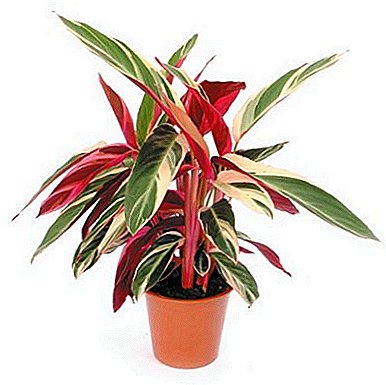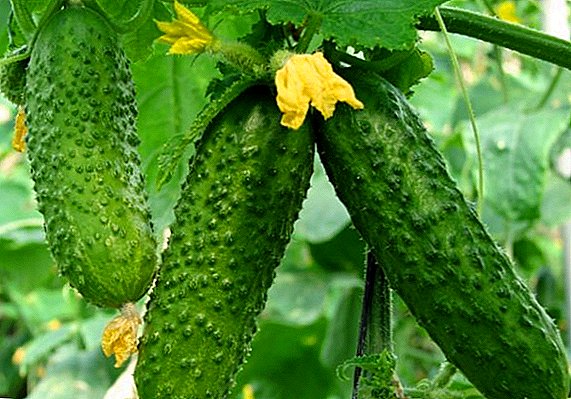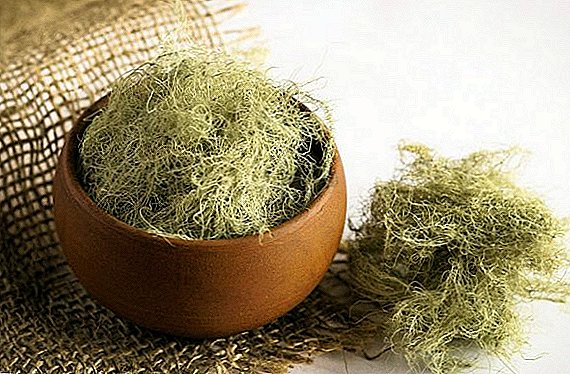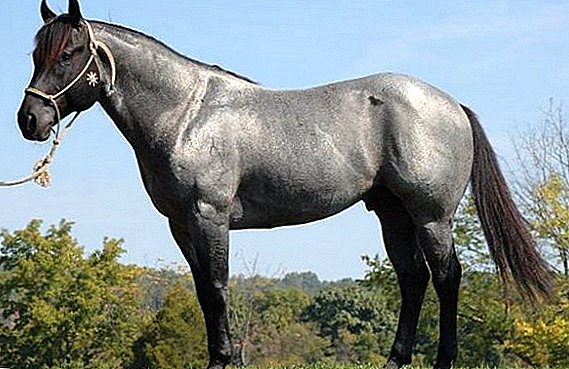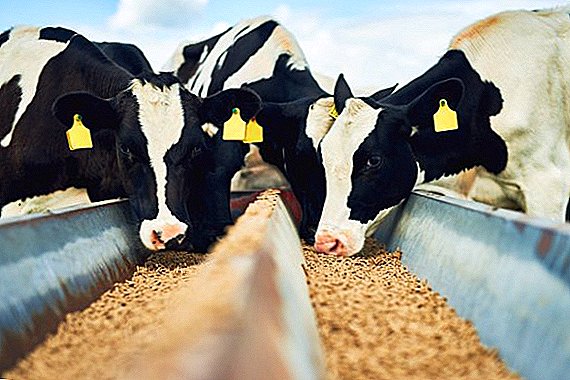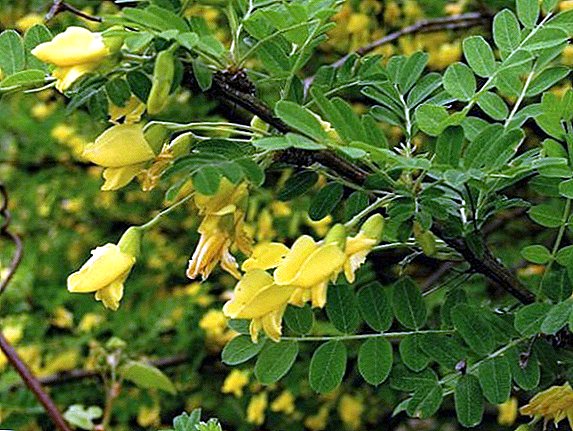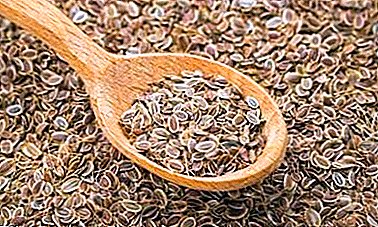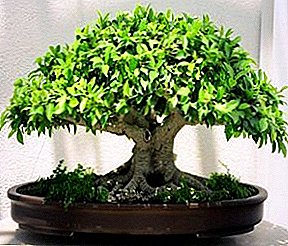 The ancient art of growing miniature trees is becoming increasingly popular with us.
The ancient art of growing miniature trees is becoming increasingly popular with us.
In the article we will talk about what types of ornamental bonsai exist, and also find out what the peculiarities of growing these dwarf trees are.
How to share bonsai
For many centuries of the art of growing Japanese (Chinese) potted trees, several types of bonsai classification have been identified.
Not every tree in a low container - bonsai, Japanese traditionalists limit the list to species: pine, spruce, juniper, maple, azalea, rhododendron.
To size
Allot 5 main types. But within each species there are sub-species.
So, there are:
- Mame (tiny) - This includes plants up to 20 cm high. These are literally dwarf trees.

- Soehin (small) - it is a tree up to 25 cm.

- Kifu (medium) - specimens of such species are grown up to 40 cm high.
- Tyu / Tyukhin (large) - these are already respectable individuals up to 120 cm high.
- Give / daiza (huge) - here everything that is above 100-120 cm falls.
By the number of trunks
There are several forms of bonsai, depending on the number of plant trunks.
Single barrel bonsai - one root, one tree. The most common style. That it is the basis for many different forms and types of bonsai. 
Multiple Bonsai - when several trunks grow from one root. There are styles when several plants with individual roots grow in one container. 
By styles
In any case, no matter what size or number of trunks, all bonsai are grown using certain techniques and rules that determine how each will look.
Did you know? Each style, in addition to the main name, also has a Japanese one, and each sounds like a poem. For example, the literary style - "Dance of a Geisha in the Spring Breeze." Or a broom style - "Perfect harmony in soft air."This is how the difference in bonsai styles comes about. Basically, the difference in trunks and crowns is taken into account.

These styles differ by the slope of the trunk, the direction of the branches, the combination and arrangement of several individuals in the same container. The main styles of bonsai are considered "classic erect", "tilted tree" and "cascade". The remaining styles are variations of these three, differing only in the number of trunks, angle of inclination and complexity of use.
At home you can grow a delightful, amazingly beautiful miniature of the tree, which will be an exact replica of myrtle, ficus microcarp, fir, silver acacia (mimosa), hibiscus, gardenia, ficus Benjamin, cicasa and azaleas growing in natural conditions.
Basic styles
We describe in more detail the main styles of bonsai and consider their photos.
Formal straight
 Tökkan (直 幹, CHOKKAN) - single smooth, thickening downwards. Simulates a lonely tree growing on level ground. The branches are evenly distributed, the lower third of the trunk is bare. Front branches are removed to the upper third.
Tökkan (直 幹, CHOKKAN) - single smooth, thickening downwards. Simulates a lonely tree growing on level ground. The branches are evenly distributed, the lower third of the trunk is bare. Front branches are removed to the upper third.
Informal straight

Wash (模 様 木 MOYOGI) - imitates an old tree in the mountains, modified by the influence of time and weather. The trunk is curved, closer to the top, the bends are reduced. The lower, most massive branch is exactly one-third the height, and the top exactly at the level of the base. This style is used for beech, which, thanks to the shadow, grows slowly. It begins to stretch towards the light and forms bends.
Double barrel

Sokan (双 幹 SOKAN). From one root grow two trees. This style symbolizes a close couple - lovers, parent and child.
Inclined

Syakan (斜 幹 SHANKAN) - straight, but inclined at an angle to the base, as if under gusts of strong wind. Symbolizes the will and thirst for life.
Important! For the formation of the correct form of bonsai, you must adhere to specific rules of harmony. For example, the proportions between the crown and the thickness of the trunk, the choice of the place where this tree will be placed.
Cascade
 Kangai (懸崖 KENGAI) - Like a tree on the edge of a cliff, the plant grows down into a ravine. The top is much lower than the pot. The branches are drawn to the light.
Kangai (懸崖 KENGAI) - Like a tree on the edge of a cliff, the plant grows down into a ravine. The top is much lower than the pot. The branches are drawn to the light.
Half cascade
 Han-kengai (半 懸崖 HAN-KENGAI). The top is at the level of the tank in which it grows. Similar to a tree that grows on the edge of a waterfall, rocks.
Han-kengai (半 懸崖 HAN-KENGAI). The top is at the level of the tank in which it grows. Similar to a tree that grows on the edge of a waterfall, rocks.
Literary
 Bunzings (文人 木 BUNJINGI) - neat, slightly inclined, with very few branches in the upper third.
Bunzings (文人 木 BUNJINGI) - neat, slightly inclined, with very few branches in the upper third.
Did you know? At the very beginning, bonsai grew Buddhist monks and priests, and only hundreds of years later they spread this art among the people.
Root on stone
 Sekiyoju (石 上 樹 SEKIJOJU) - braids round stone with its roots, firmly holding its tips to the ground.
Sekiyoju (石 上 樹 SEKIJOJU) - braids round stone with its roots, firmly holding its tips to the ground.
Growing on a rock
 Ishitsuki (石 付 ISHITZUKI). It grows straight from the stone. This is an illustration of plant endurance.
Ishitsuki (石 付 ISHITZUKI). It grows straight from the stone. This is an illustration of plant endurance.
Brooms
 Hokidati (箒 立 ち HOKIDACHI). Single barrel crown in the form of a ball. Branches of uniform length.
Hokidati (箒 立 ち HOKIDACHI). Single barrel crown in the form of a ball. Branches of uniform length.
Group
 Yose Ue (寄 せ 植 え YOSE-UE). It depicts a group of trees growing in the same area - a forest, a grove. It usually includes an odd number of plants. In this style, combine the same types, but different age.
Yose Ue (寄 せ 植 え YOSE-UE). It depicts a group of trees growing in the same area - a forest, a grove. It usually includes an odd number of plants. In this style, combine the same types, but different age.
Important! Be sure to ensure that in group combinations the number of trees is odd. And by no means four. In Japanese culture, the symbol "4" It is also a symbol of death.
Fruiting
 Ikadabuki (筏 吹 き IKADABUKI). Shows a single tree that has fallen into a swamp, which gives life to its branches.
Ikadabuki (筏 吹 き IKADABUKI). Shows a single tree that has fallen into a swamp, which gives life to its branches.
At home, you can also grow exotic fruit trees such as lemon, mandarin, pepino, citron and calamondin.
Features of growing bonsai
The centuries-old art of growing miniatures cannot be described in one article. We give only brief tips on growing.
For bonsai, non-house plants are usually picked. Therefore, it is necessary to place the pots in the fresh air.
 The trees themselves are selected depending on the chosen style and the desired size.
The trees themselves are selected depending on the chosen style and the desired size.
The soil is selected suitable for the selected plant.
The formation is done by trimming and bandaging.
In the article we tried to briefly tell you what bonsai is. In general, caring for bonsai is quite complicated and requires strict adherence to the rules. This topic is very broad and interesting.





